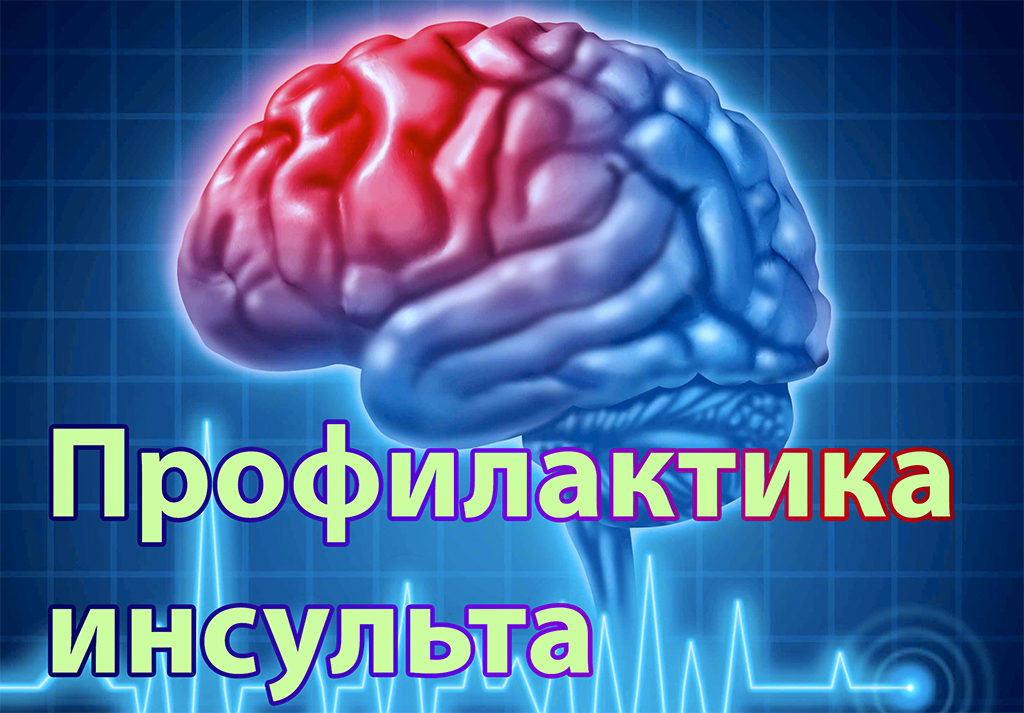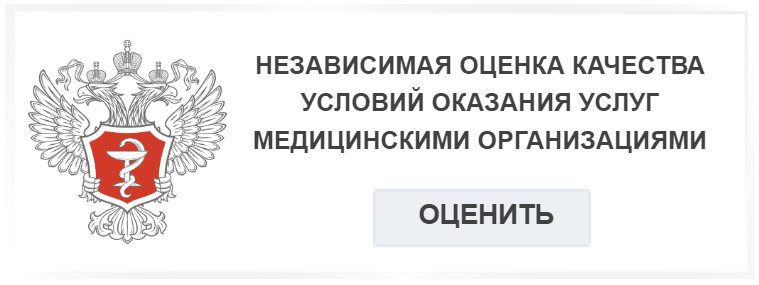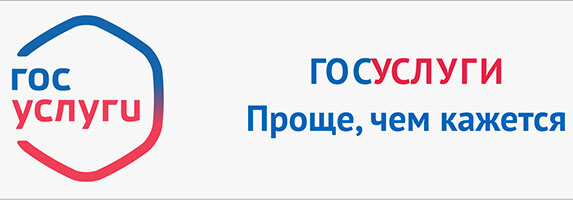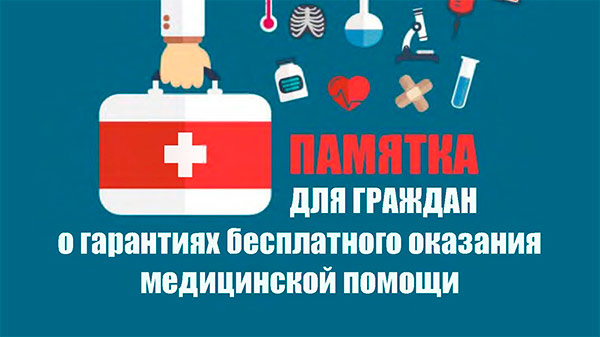- About the sanatorium
- Treatment
- Accommodation
- Services
- Prices
-
Customers
- Useful
-
Regulatory documentation
- Reception of citizens
- Question-answer
- Reviews
- Medical tourism
- Voluntary consent for children
-
Lean manufacturing cases
- lean manufacturing #2
- Lean manufacturing. Case No. 3
- Lean manufacturing. Case No. 4
- Lean manufacturing. Case No. 5
- Lean manufacturing. Case No. 6
- Lean manufacturing. Case No.1
- Lean manufacturing. Case No. 7
- Lean manufacturing. Case No. 8
- Lean manufacturing. Case No. 9
- Lean manufacturing. Case No. 10
- News
- Contacts
Stroke prevention

Stroke is an acute disorder of cerebral circulation, characterized by the appearance of neurological symptoms that persist for more than 24 hours or lead to the death of the patient at an earlier date.
Stroke ranks third in the mortality rate of the population.
There are 2 types of stroke - ischemic and hemorrhagic.
The cause of ischemic stroke is thrombus formation, clots of blood substances enter the vessels of the brain and cause clogging. The cause of hemorrhagic stroke in 80% of cases is arterial hypertension.
Stroke is easier to prevent than to deal with complications and death, and for this it is necessary to fight risk factors:
- Arterial hypertension is the most significant risk factor for stroke. You should try to reach a blood pressure level below 140/90 mm Hg. In patients with diabetes or renal insufficiency - below 130/90 mm Hg. Therapy is selected by a general practitioner, cardiologist. It is necessary to constantly take antihypertensive therapy and regularly monitor blood pressure. It is better to keep a diary, then it will be easier for you and your doctor to adjust the dose of the drug.
- Atrial fibrillation is a risk factor for stroke and is the most common rhythm disorder hearts. For atrial fibrillation, aspirin or oral anticoagulants are recommended to prevent stroke.
- Diabetes mellitus - increases the risk of stroke by 1.5 times. Strict control of blood sugar, adherence to diet, in combination with antihyperglycemic drugs or insulin is necessary.
- Lipid disorders - statin use reduces the risk of stroke by 24%. Currently, statins are recommended for all patients with coronary artery disease and dyslipidemia.
- Smoking - increases the risk of stroke by 1.5-2 times. Stopping smoking leads to a decrease in the risk of stroke after 2-4 years. Now there is an active promotion of a healthy lifestyle and a life without smoking. Cigarette packs are printed with horrifying pictures, BUT don't forget about secondhand smoke. One hour in a smoky room is equal to smoking 10 cigarettes. And one hour of hookah smoking is equal to smoking 100 cigarettes. It's never too late to quit smoking, think about it!
- Alcohol abuse - alcohol restriction has been proven to reduce systolic and diastolic blood pressure by 3 and 2 mm Hg, respectively. A complete rejection of alcohol in a month by 7.3 / 6.5 mm Hg.
- Fight obesity - Eat a healthy, balanced diet. It has been proven that abdominal obesity is considered the most dangerous. Avoid drastic weight loss. Proper nutrition should be a way of life.
- Physical inactivity - regular exercise reduces the risk of stroke. The loads should be dynamic (swimming, walking, jogging). Exercise should be started with a minimum load, gradually increasing it. The regularity of classes and the instructor's control are important, at least in the first 5-10 classes. When increasing the load, you should pay attention to health, sleep, appetite, body weight.
- Get medical check-ups annually - don't self-medicate!
In prevention, medical literacy of the population is important, because danger often lies in wait for us when we are at home, at work or just walking down the street.
What to look out for if a stroke is suspected?
There is a simple text FACE-HAND-SPEECH.
If:
- The patient cannot smile. The corner of the mouth is down.
- The patient cannot raise two hands
- The patient cannot pronounce his name
Call an ambulance urgently, it is important to hospitalize the patient in the first 3-4 hours after the onset of stroke symptoms.
Doctor-neurologist Makieva K.S.








